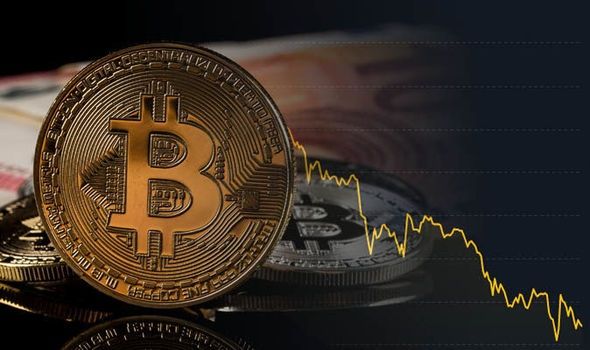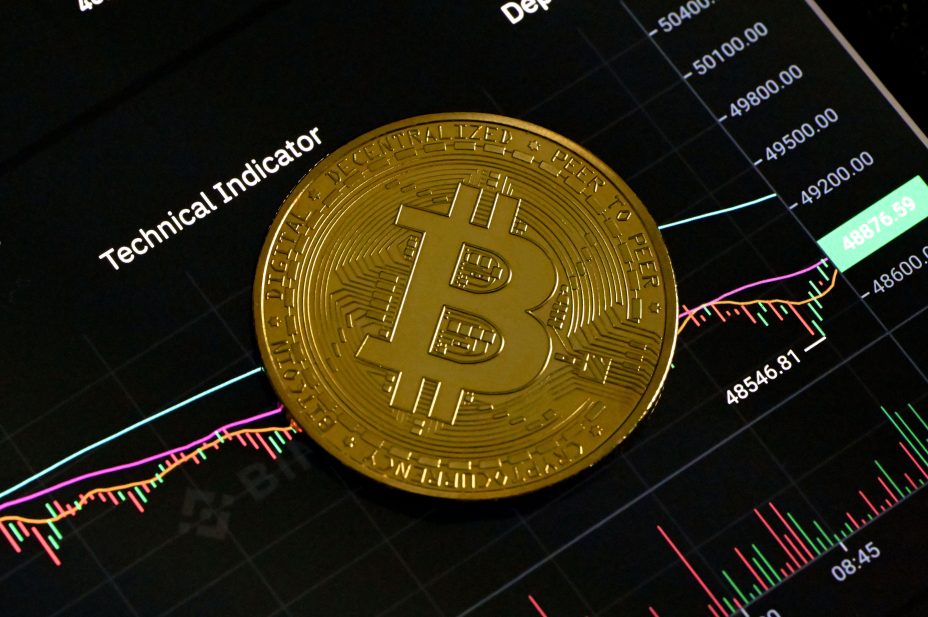If you are wondering when to buy bitcoin, it might be helpful to know some bitcoin børsen that will help you determine the best time to buy. This article covers some of them: average mining costs, stock correlation, dollar cost averaging, and more.
Average mining cost
If you’re interested in buying Bitcoin, you may wonder if it is a profitable investment. The answer depends on a variety of factors, including the amount of power you need to run your mining rig, your ability to manage your cash flow, and whether you can find cheaper electricity in your area. However, there are some general rules of thumb that you can use when assessing the profitability of a mining operation.
A web-based calculator, such as the one offered by Arcane Crypto, can help you determine how much it costs to mine each token. It takes into account the cost of mining equipment, labor, and electricity. For an enterprise with a fairly new mining machine, the cost is estimated to be around $8,000, although the actual number will vary based on other factors.
Dollar-cost averaging
Dollar-cost averaging (DCA) is a technique used by investors to avoid market timing and achieve the best possible returns. It involves setting up a recurring buy at regular intervals to eliminate the stress of making a purchase decision.
Whether you are investing in traditional stocks or crypto, you can utilize this strategy to increase your returns. The method is based on the premise that if you buy an asset on a frequent basis, it is likely to appreciate in value over time.
To determine whether or not dollar-cost averaging is right for you, you should consider your personal investment objectives. If you are a long-term investor with a strong conviction, you should consider using the method.
Although the DCA method can be effective, there are still other ways to invest in the crypto market. Before committing to any savings, you should perform some research on the tokens you plan to buy.

Correlation to equities
Correlations between the price of bitcoin and other financial assets are becoming increasingly visible. The correlation of the price of a single unit of the virtual currency to the price of a single barrel of crude oil has increased significantly over the past two years.
However, while the correlation of a unit of a certain digital currency to the price of a barrel of oil may be statistically significant, it is not necessarily useful to the average investor.
For instance, the correlation of a unit of a virtual currency to a single barrel of crude oil may not be relevant to a person whose primary investment is in other financial assets. This is especially the case if that person is invested in bonds and equities.
On the flip side, a lack of correlation between the price of a virtual currency and a single barrel of crude oil could make the long-term value proposition for an investor less than appealing.
Hype drives price down
Most traders pay close attention to the major exchanges. This is because they expect prices on these large exchanges to filter down to smaller markets. For example, the Bitcoin price in Japan can drag on the rest of the world. Similarly, the price on Bybit https://www.bybit.com/en-US/ can make the rounds on other exchanges.
The media can be a driving force in generating a buzz about the latest fad. This can be a good thing for those looking to get in on the ground floor. Having a media hype in your favor can lead to a slew of new buyers.
This is especially true in the world of cryptocurrencies. There is a shortage of supply, and as such, people are looking for alternatives to traditional fiat currencies. Among other things, these cryptocurrencies boast greater anonymity and lower transaction costs.
Blockchain technology becomes more available to the masses
There are many benefits to using Blockchain technology. Among these are scalability, economic viability, and anonymity. Despite these advantages, there are some downsides, as well.
One of the major downsides to this system is that it is vulnerable to hacking. For example, if a hacker breaks into a centralized database and changes a record, it could affect all the other records on the same block.
Another downside is that there is no single entity that can control the ledger or reverse a transaction. Instead, there is a network of nodes that work together to ensure that the ledger is updated and secure. This is called the “proof of work” consensus mechanism.
In the same way, there is no single entity that can freeze, shut down, or verify a transaction. Unlike a centralized system, the blockchain is public and anyone can see it.
